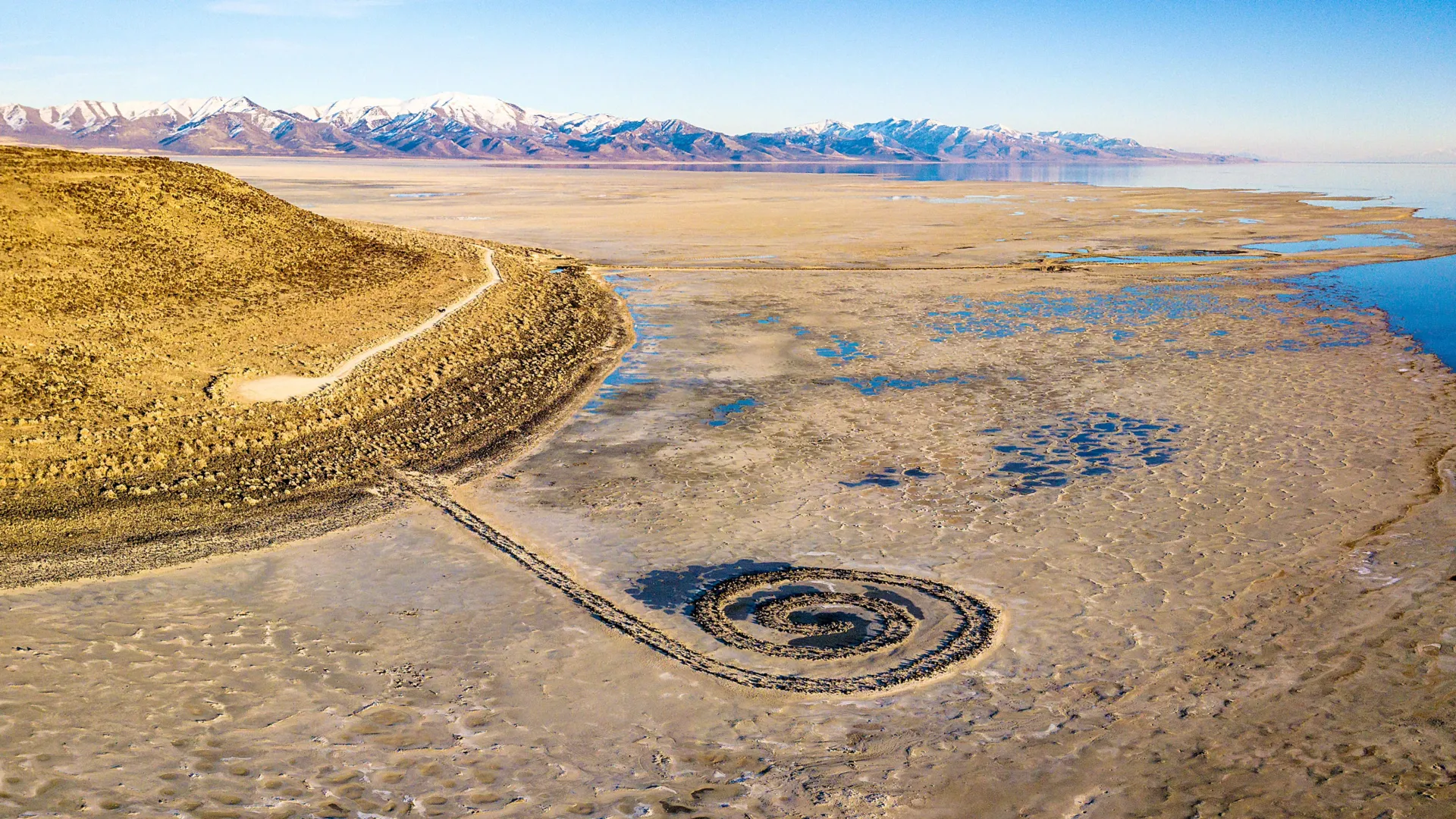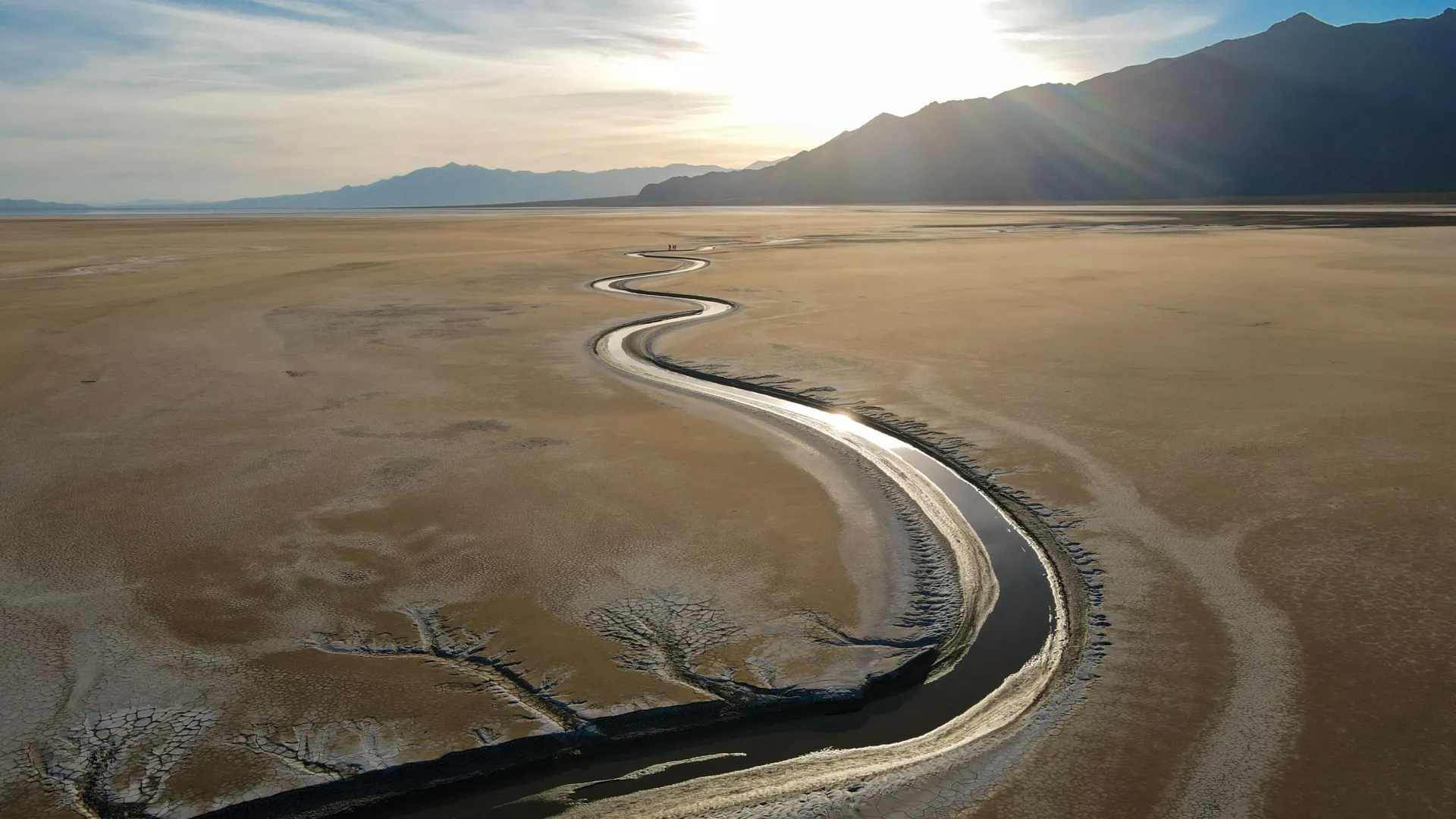Now Reading: Scientists Discover Mysterious Islands and Springs in Great Salt Lake
-
01
Scientists Discover Mysterious Islands and Springs in Great Salt Lake
Scientists Discover Mysterious Islands and Springs in Great Salt Lake

Fast Summary
- Phenomenon Observed: Phragmites-covered mounds have appeared on the drying playa of Great Salt Lake’s southeast shore. Scientists suspect fresh groundwater under pressure is creating these oases.
- Research Methods: University of Utah geoscientists use piezometers and airborne electromagnetic surveys to understand the lakebed’s subsurface.
– A Canadian firm conducted aerial surveys using electromagnetic technology, enabling researchers to construct a 3D image of freshwater deposits beneath the lakebed.
- Initial findings: Subsurface freshwater may account for up to 12% (previously thought to be just 3%) of the lake’s water budget and is found far offshore in deep sediments.
- Goals: Researchers aim to determine groundwater sources, its recharge elevation, mapping boundaries between fresh and saltwater, and identifying springs discharging water into the lake. This could also address dust pollution from exposed playas.
- Concerns & Implications: Scientists emphasize cautious study without overexploiting this resource due to potential environmental risks.
Indian Opinion Analysis
The unfolding research into subterranean freshwater systems feeding Utah’s Great Salt Lake highlights a delicate interplay between natural resources and ecological vulnerability. The finding that subsurface freshwater could constitute a meaningful part of the lake’s input challenges prior assumptions while offering possibilities for mitigating environmental impacts like dust pollution caused by exposed playas.
For India, such studies underline lessons in sustainable resource management-balancing exploration wiht conservation amid looming climate challenges affecting India’s own water bodies like lakes or aquifers. Thoughtful inquiry before utilization is critical; Johnson’s remarks caution against viewing this as an exploitable asset prematurely. Similarly, India’s initiatives should prioritize understanding long-term viability when employing groundwater reserves affected by declining monsoon levels or growing urban demand.Neutral scientific collaboration across nations can provide shared methods or revealing insights-like leveraging advanced geological imaging techniques-for better hydrological stewardship globally.























